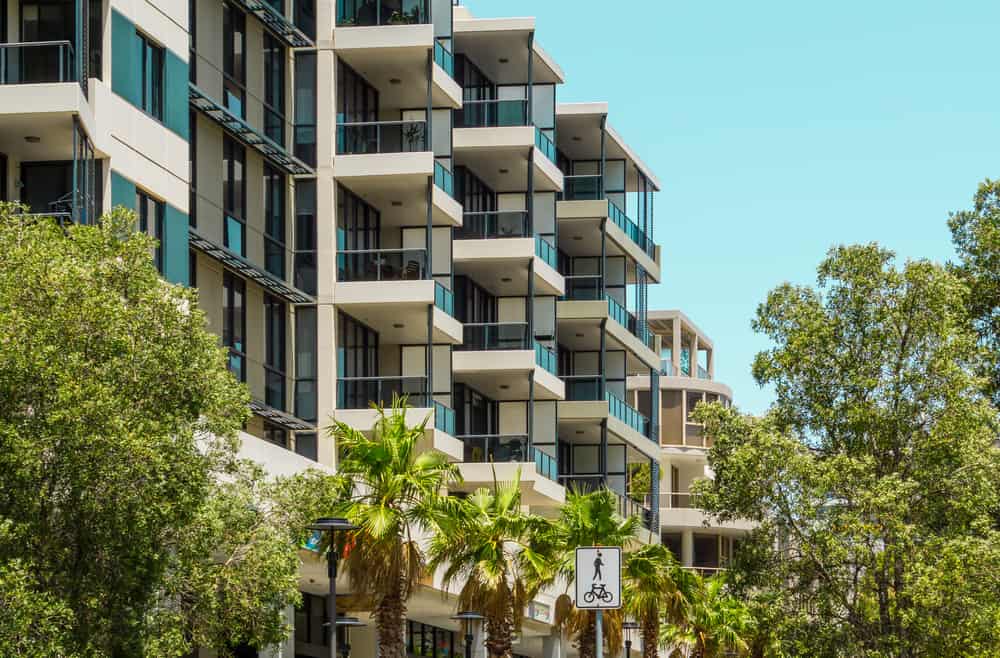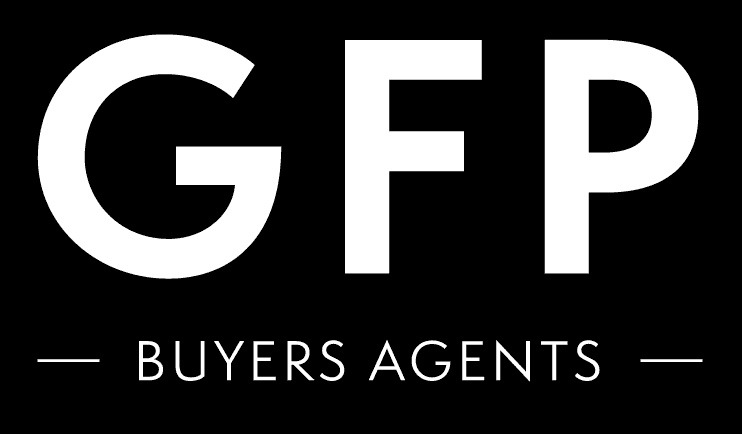Whenever there is significant financial upheaval of some kind, the government of the day instigates stimulus measures to underpin our economy.
This is currently the situation with the HomeBuilder scheme and other grants offering tens of thousands of dollars to build or buy a new home as a way of shoring up our construction sector.
These sorts of economic stimulus policies are vital for our economic recovery.
However, they often result in people buying new property without understanding the long-term ramifications of their decision-making.
When you couple the HomeBuilder scheme with existing grants for first-timer buyers who purchase new properties, then it’s little wonder that many people opt to grab the cash first and worry about whether the asset selection was strategic later.
Oodles of cash on offer
In New South Wales, first home buyers have access to up to $35,000 in grants if they purchase or construct a new property.
The First Home Owners Grant is currently worth $10,000, while the HomeBuilder scheme is $25,000 for eligible homebuyers.
On top of that, price thresholds in the First Home Buyer Assistance Scheme have been increased to provide further stamp duty concessions for New South Wales first-time buyers.
Of course, saving a deposit for your first home has always been hard, so it’s no great surprise that these grants and concessions are motivating some people to buy new property.
However, purchasing a property because of a cash leg-up can cost first home buyers far more in the long run.
Now, I’m not saying all new property is bad – far from it.
But, when these types of stimulus measures are in play, prospective property owners are usually constantly targeted by spruikers and developers to buy brand-new properties.
Spruikers promise unsuspecting buyers high rental returns and large depreciation benefits, which will both seemingly delivering “cash flow positive” investments.
The types of property we’re talking about can include off the plan high-rise apartments in CBDs as well as house and land packages or dual key properties on the fringes of capital cities or in poorly selected regional locations.
Unfortunately, many novice property investors soon find themselves buying into inferior locations by seemingly professional and legitimate property investment companies or “buyer’s agents” who are really just selling agents for developers in disguise.
One way to differentiate between professionals and fly-by-night spruikers is whether they are licensed buyer’s agents as well as members of industry associations, such as the Property Investment Professionals of Australia (PIPA).
Charlatans generally are not affiliated with anyone but their own greed!
So, with all of this mind, here are seven reasons why buying brand-new or off-the-plan properties can be a very bad idea.
- Inferior locations
New property is often built in areas with low demand and poor demographics which will negatively impact capital growth.
The conditions required to produce above average capital growth in these locations, such as employment, rising household incomes, strong supply to demand ratios and a high percentage of owner occupiers are non-existent.
For example, there are currently many dual key new properties being promoted across Southeast Queensland which are in locations that are heavy on renters, in low income areas, and where thousands of similar properties are currently being built which will lead to an oversupply sooner rather than later.
- Lack of scarcity
As per my previous point, an oversupply of cookie-cutter type units or houses will always drag down future price growth.
When an area gets flooded with homogeneous properties, there is no scarcity, so rents start to decrease as well as leaving owners with no capital growth and underwhelming cash flow.
For example, the oversupply of new units in Brisbane and Melbourne in recent years saw rents plummet at the same time as prices reduced to below what the buyers had originally paid for their properties.
- Negative equity
New property buyers pay a premium because a developer’s margin, and sometimes spruikers, too, is built into the price.
This means they often over-pay for a property that will struggle to increase in value in any meaningful way over the short- to medium-term.
There are also usually no comparable sales to determine fair market value.
For example, buyers’ agents are often targeted by a development’s marketing company with offers of $25,000 to $55,000 commissions not uncommon if they on-sell to their clients, which again is a cost that is built into the sales price.
- Building defects
When you buy into a new development, you are also buying any future problems that may occur – after relevant state legislated timeframes have expired.
This can mean expensive levies need to be paid to rectify major structural issues, which have financial ruined some owners.
For example, in recent years, combustible cladding has been found to have been used on many high-rises as well as major cracking in buildings such as the Opal and Mascot Towers which required the evacuation of residents.
- Poor liveability
Many new house and land developments are in areas with a lack of public amenity as well as major infrastructure, which may never materialise, such as train stations and schools.
Many buyers purchase in these locations because of affordability, but then find themselves spending more money than they had budgeted on transport costs, for example, just to get to work each day.
Very large high-rise developments in inner-city locations can also resemble concrete jungles that provide no sense of community or any lifestyle attributes at all.
For example, house and land packages in Melbourne’s outer west offer very little in terms of public amenity or transport, which is situation unlikely to change anytime soon.
- Strata costs
Many buyers of new units are attracted to the development’s common property lifestyle attributes, such as a pool, roof-top garden, lifts, and even an on-site concierge.
The problem is they don’t understand that all the owners will pay for these “extras” through sky-high quarterly owners corporation or body corporate fees.
What also often happens is that the first year’s fees are abnormally low to attract buyers, but are then either ramped up, or owners are hit with special levies because there is not enough money in the sinking fund to pay for standard maintenance and repairs.
For examples, (high strata fees examples)?
- Lending issues
When buying off the plan, borrowers can’t access finance until the development has been completed.
That means when they are signing the sales contract, there is a chance that their financial situation or market conditions could be significantly altered by the time the development is finished.
What can happen is that market conditions have worsened so the bank valuation of their new unit comes in short compared to the contracted sales prices and they’re left scrambling to come up with more cash to settle.
Sometimes, they can’t, and they lose their deposit, which is usually 10 per cent of the contract price.
Lenders have also black-listed certain postcodes because of oversupply concerns, which will make it more difficult to obtain finance in those locations when it comes time to settle on the property.
For example, (blacklisted postcode examples)?
Asset and location selection are vital for all homebuyers and investors – regardless of whether they are buying new or established properties.
A poor decision can not only hinder their ability to move up the property ladder, but it can also result in financial pain if forced to sell at a loss or prevent them from ever achieving their investment hopes and dreams.




